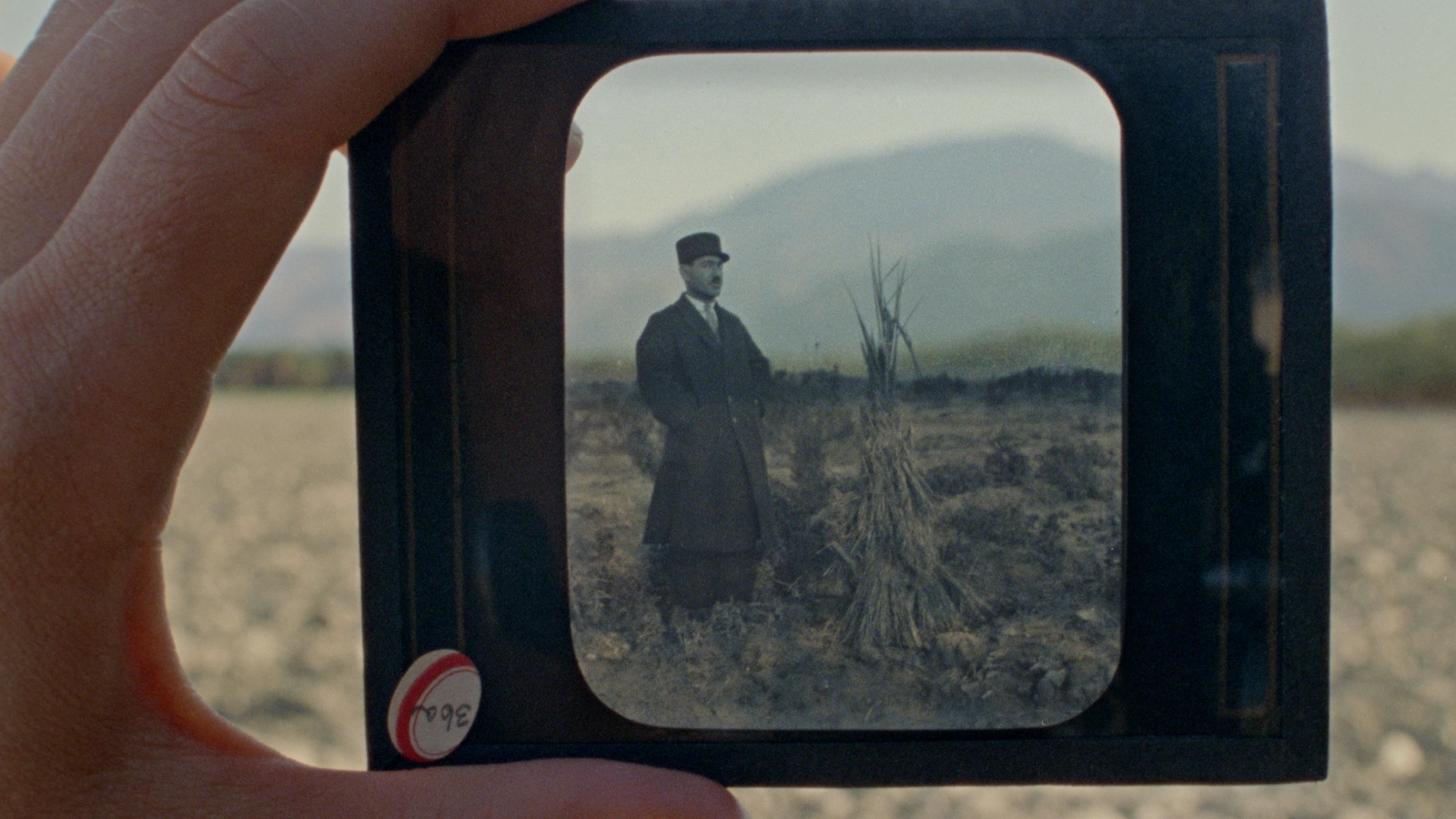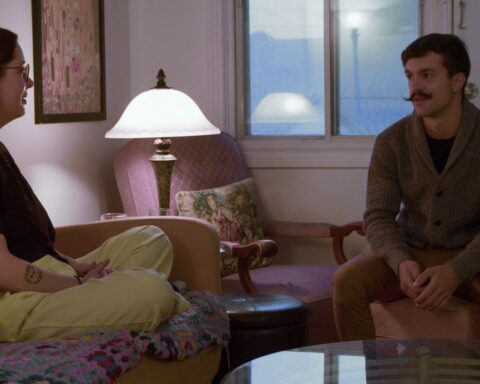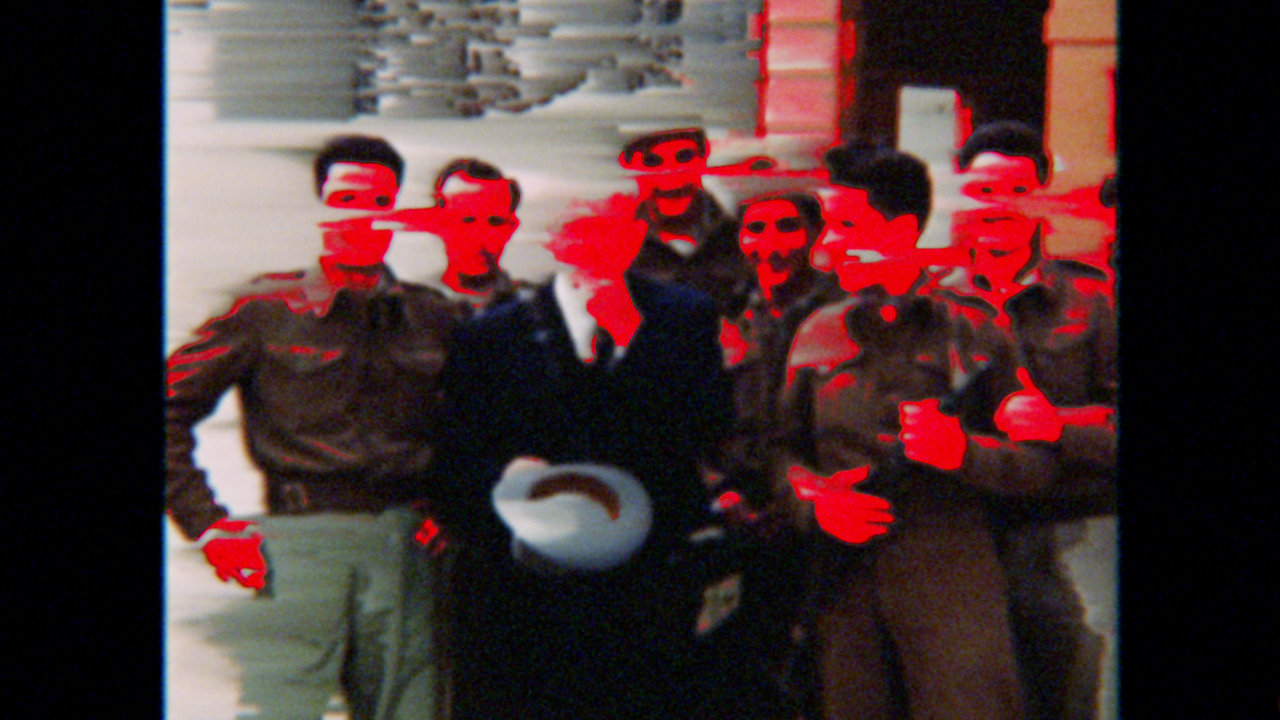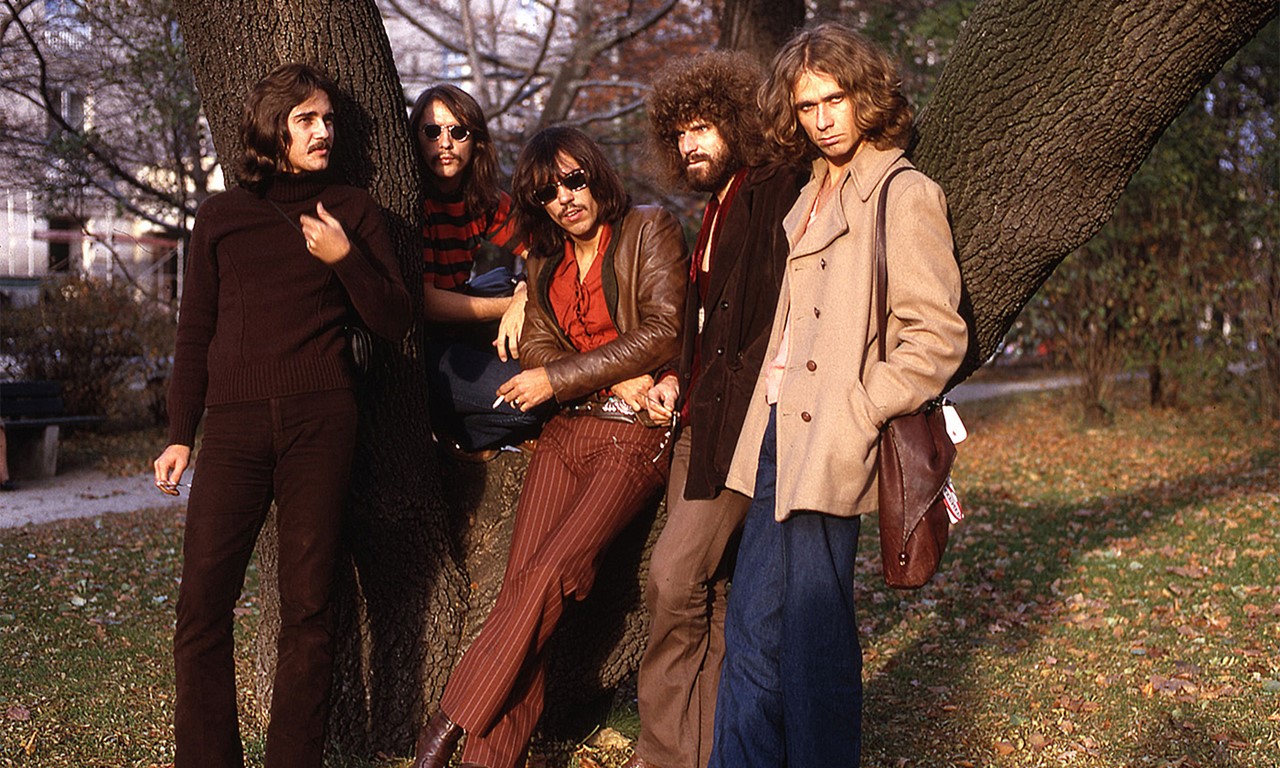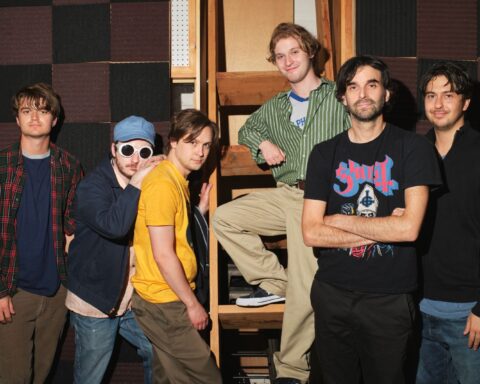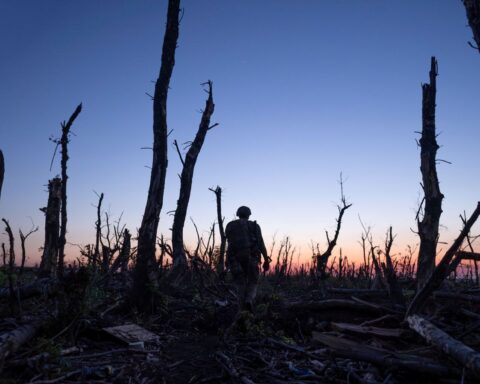Speaking at the University of Toronto’s Innis Town Hall in summer 2023, Canadian media artist Mike Hoolboom articulated the ethos behind his newest film Waves, an aesthetically restless mix of 16mm found-footage documentary, experimental cinema, and essay film. Waves, the filmmaker said, asks whether “it is possible to make a group picture out of individual portraits, especially when they are haunted by thoughts and ideas that come from the others.” Hoolboom’s formally adventurous “group picture” is part of a burgeoning tradition of recent Canadian avant-garde documentaries that expand the boundaries of documentary, fiction, and experimental cinema to take in a broad array of voices. The contemporary Canadian avant-garde documentary marries the voice-centred aesthetics of the essay film with an experimental tapestry of perspectives, grounded in the textual production of the film, yielding a kind of polyphonic portrait, to modify Hoolboom’s phrase.
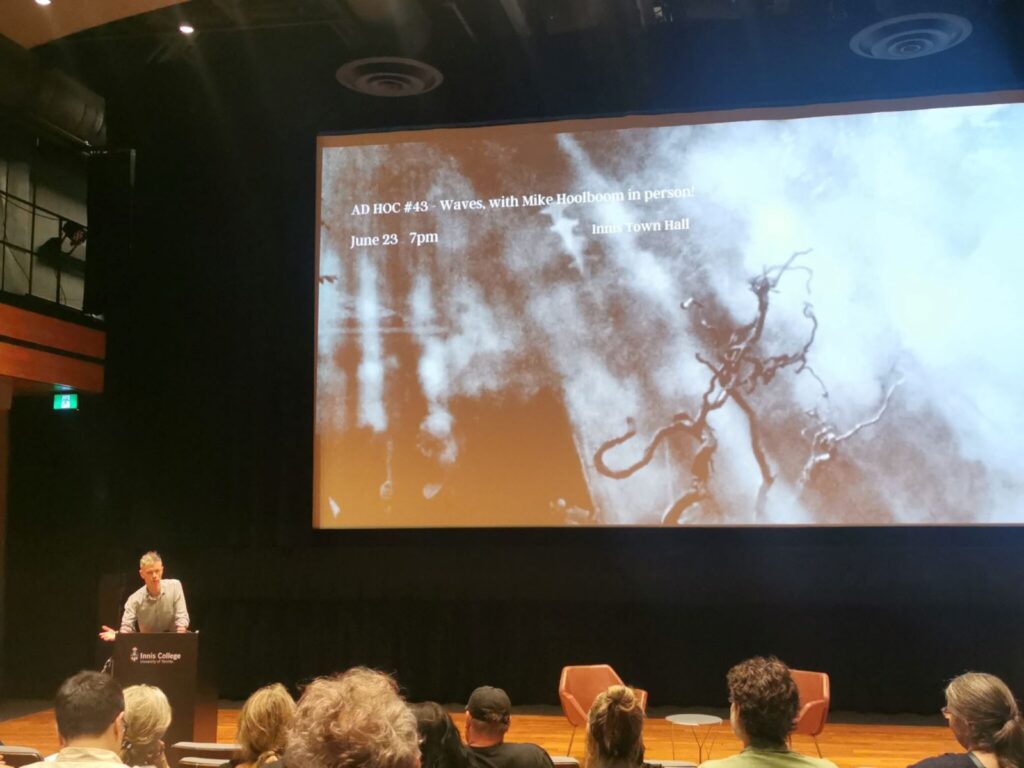
It’s fitting that Hoolboom sees Waves as a collective picture born out of individual depictions, given it takes inspiration from fiction, avant-garde, and political documentary filmmaking. As Hoolboom writes on his website, he conceived the film following the death of his mother in 2020 as a suite of portraits of disparate “women superstars.”
Those subjects are identified by the voice of a woman who, sounding like the frame narrator from Geoffrey Chaucer’s The Canterbury Tales as well as Chris Marker’s travelogue writer from Sans Soleil, claims to have met them on her way to a protest. Their respective professions are indicated in titles on the screen; they include a dancer, a biologist, a musician, and, in a magical realist episode, Walter Benjamin’s angel of history, who we see riding a bicycle through the streets of downtown Toronto with wings on her back. Though the women speak in a confessional register, their words are not strictly evidentiary. They are filtered through the interlocutor of the filmmaker, who in his notes to the film likens himself to a ventriloquist, “offering internal monologues collaged out of gender philosophers, novels, and newspapers.” The women’s semi-fictionalized discussions about their work, their politics, their relationship to the climate crisis, and their thoughts on feminism become a chorus guiding us through Hoolboom’s phantasmagoric visions of Toronto. Their monologues serve as a floating textual accompaniment to the filmmaker’s sometimes-tactile, often-dreamy images—of veiled women ambling through the forest at reduced frame rates, of obscured figures marching through Toronto streets, and of more traditionally realist documentary footage of the 2011 Occupy Toronto protests.
Of all his subjects, Hoolboom’s clearest authorial surrogate may be Teresa, the biologist, whose remarks on variety and simultaneity in both plant life and music feel instructive. “When I first heard polyphony,” she says, “I was forced to pick out separate melodies happening at the same time, and to listen for the moments of harmony and not-harmony they created together.” She herself, she speculates, may be “a polyphony, a collaboration,” her own subjectivity forged through her engagement with public figures like Chelsea Manning, as well as horses and sheep. The title takes on multiple resonances in the context of this idea that the individual is a collective creature, forged in collaboration with others, referring simultaneously to the overlapping nature of water as well as waves of feminist thinking, and finally to the film’s own superimposed narrative perspectives and voices.
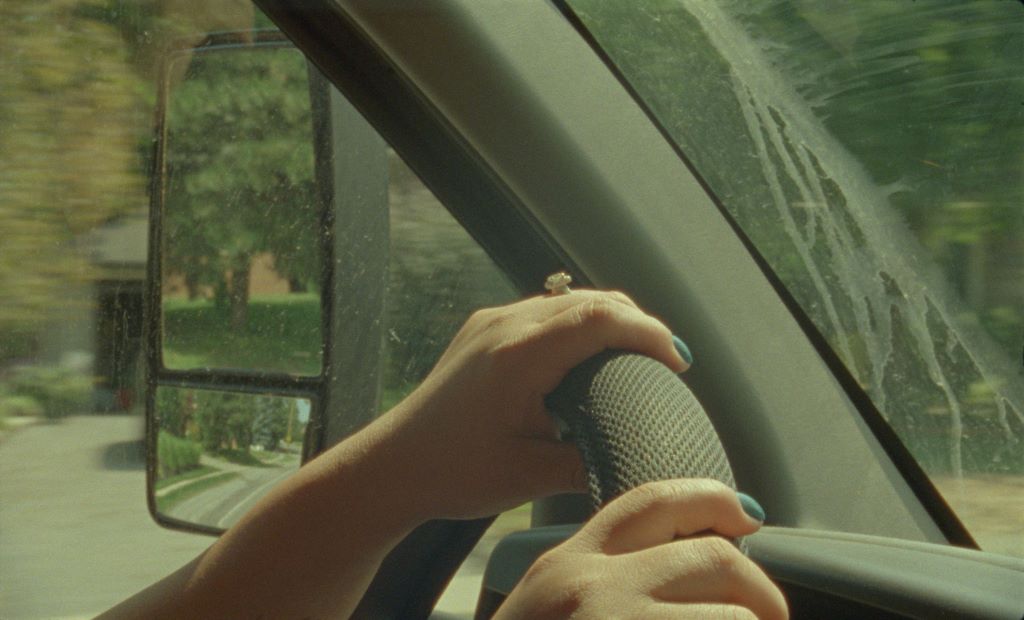
Lina Rodriguez’s Mis dos voces (2022) also approaches the fluidity of identity through the experimental integration of a chorus of voices relating first-person narratives of migration, resulting in a poetic documentary about the hybrid experiences of its immigrant subjects. Rodriguez’s work centres the personal stories of Ana, Claudia, and Marinela, three Latin American women who narrate their often trauma-marked histories of coming to Canada as well as their complex present lives as women, mothers, and transnational subjects. The multiplicity of their experiences is reflected in Rodriguez’s playful cinematography and editing, which force us to hold contrary images and narrative tracks simultaneously in mind. Rather than introducing us to each subject in a talking-head interview, Rodriguez trains the spectator to notice continuities across their voices and experiences while we look at the minutiae of their present situations.
Named only in the course of their stories and glimpsed only in passing, the women form another sort of chorus, speaking not over contextualizing photos from their pasts, as we might expect, but over everyday scenes from their present lives, which carry on in spite of what they’ve endured. Until we see the women’s faces in the final moments, we know them largely through their voices and their hands as they engage with objects and people around them. We see their hands at length in a number of long close-ups: brusquely combing through a child’s hair, slowly polishing a banister, and methodically digging through a garden. In one delicately composed long take accompanying a story about a woman leaving behind a violent relationship and learning to care for herself, we strain to glimpse the presumed subject’s reflection in both the windshield and a pair of rear-view mirrors on the school bus she’s driving, all while our eyes are drawn to her striking blue nail polish as she holds onto the steering wheel. This decentralized portrait is typical of Rodriguez’s project, which weaves together disparate voiceovers and images to formally recreate its subjects’ experiences of dislocation.
If Hoolboom and Rodriguez’s films offer novel ways of integrating disparate voices, a pair of recent films by Jacquelyn Mills and Terra Long give voice to no less polyphonic and diverse a subject than the Earth itself. Mills’ Geographies of Solitude (2022) is a formally playful portrait of Sable Island, Nova Scotia and its long-time guardian Zoe Lucas, a naturalist who for more than 40 years has monitored trends in the Atlantic Ocean by examining and sorting the human detritus that washes up on the shore. Mills weaves the audio from a public lecture by Lucas together with vignettes of the conservationist at work: living among seals, researching horses’ pregnancy rates through their dung, and categorizing the micro-plastics that turn up on the shore by colour. At the same time, Lucas curates destructive human trash with the same care she applies to collecting hair and bone specimens of animals indigenous to the island.
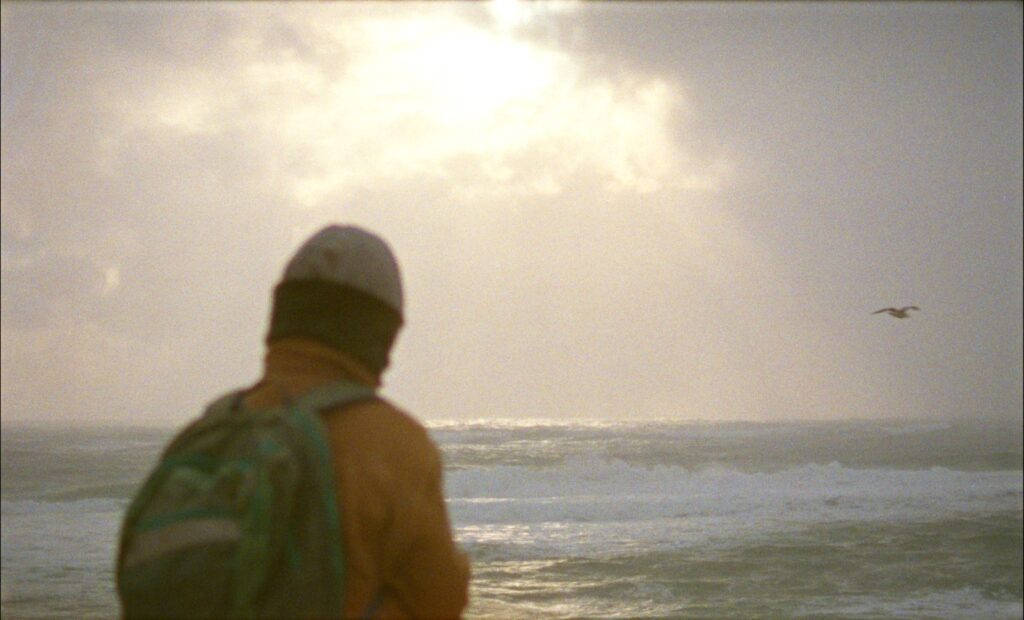
Throughout, Mills intersperses these vignettes with what initially seem like abstract, non-representational interstitial pieces that turn out to be representational in a different sense. We see marvellous and hard-to-place images of the filmstrip itself after it has been embedded in microscopic balloon litter and exposed to water from the Atlantic Ocean in one moment, or Sable Island’s mist collected on film and hand-processed in seaweed, in another. At times, Mills’ experiments with this embedded form are more sonic than visual, as when she relies on contact microphones positioned near beetles and caterpillars to capture the barely perceptible sounds of their scuttling and crawling, treating the soundscape they produce like a film score. In these experimental interludes, which are accompanied by field notes identifying the source of her materials, Mills’ form follows the professional ethos of her subject, a conservationist who is deeply situated in her environment. The primary inspiration behind centring this organic material in her process, Mills has explained in an interview for POV, was the question, “How can the natural world make a film?” The answer appears to be that it, if it could, it would create something immersive, making its diversity of life known by physically imprinting it upon the film itself.
A hand-processing consultant on Geographies of Solitude, Terra Long makes her own distinct symphonic collaboration with the Earth in her sprawling, intellectually expansive feature debut Feet in Water, Head on Fire (2023). In the synopsis that accompanied a number of the film’s festival screenings, Long describes it as a “sensory, polyvocal evocation of place,” the place being the San Andreas Fault in Southern California, where she traces the socioeconomic, agricultural, and political fault lines delineated by the palm trees indigenous to the area as well as the date palms brought from the Middle East. Those date palms are central to the conceptualization of the project, which depicts a constellation of Indigenous farmers, gift-shop clerks, pageant queens, historians with intergenerational roots in the region, and more recent settlers living at a luxury resort on the same grounds. They’re just as critical to the textual production of the film, which alternates between colour 16mm film and black-and-white film hand-processed with the surplus dates from the harvest, as well as other plants native to the valley.
In her director’s statement, Long describes her method as “process cinema,” an eco-critical sensibility in which natural and human subjects, as well as the material objects under study, play an active role in the film’s construction. That process is nicely encapsulated in moments where we see the filmmaker’s hand holding a photograph up against the natural landscape beyond it. Elucidating these bonds between nature, humans, and aesthetic production, she frequently cuts between her natural and her human subjects, alternately emphasizing continuities and disparities of scope and power. Early on, she juxtaposes an extreme close-up of ants in the dust with a distant long shot of humans along the fault line. Later, she braids her plant and human subjects together by interweaving singular, scratchy black-and-white images of palm-tree thorns in close-up with a voiceover narration from an Indigenous farmer who speaks of his family history as a steward of the plant. These connections formally articulate the complexity of this terrain and its figurative as well as literal fault lines: It’s a place where Indigenous people and plants alike have deep roots, intermeshed with transplanted plants and humans and their own messy economies.
Recognizable in all of these avant-garde Canadian documentaries is an appreciation for the complexity of networks and collectives, and a desire to invent new cinematic syntaxes to give voice to them where conventional methods aren’t appropriate. It isn’t simply that these films eschew more traditional nonfiction storytelling techniques, from drone photography to talking-head interviews, in favour of novel approaches. These experimental documentaries’ formal novelty comes not strictly out of boredom with aesthetic conventions, but out of an earnest desire to amplify their subjects’ voices and attend to the particular physical terrain they spring from. Beyond that attachment to the polyphonic, what most links these filmmakers’ unique processes is their openness to the possibilities of film as a physical medium, one that affords a hand-made engagement with the documentary evidence of the ground the filmmaker is standing on.




